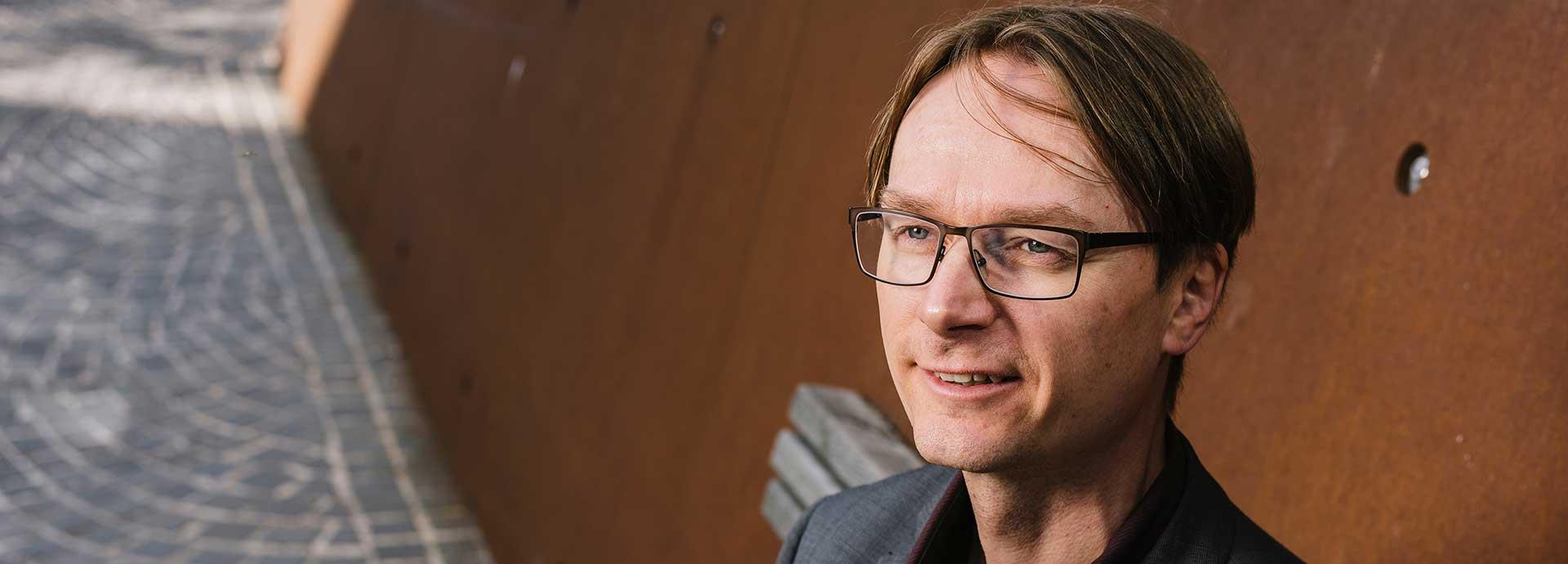

Ville Sulonen is the Environment, Health and Safety Development Manager at Wärtsilä. His tenure of eight years in the position has taught him that the environment, health and safety is all about people.
How did you become the Environment, Health and Safety Development Manager at Wärtsilä?
I started from the environmental side. I was keen on protecting the environment and went to school for Environmental Engineering Technology. Along the way I had the option to study safety engineering and became interested in it. As I got deeper into it, over time, I realised this is really about people. Today I’m passionate about it.
Why is safety important in the first place?
I began doing this fifteen years ago at a shipyard. I had only been a safety engineer for four months when we had a major incident with an employee who was an 18-year-old boy. I spent that day with his best friend, who was also a co-worker. We didn’t know his condition for a time. When the boy died, I had to tell his best friend. That was the worst day of my career. This is why I do what I do: save lives.
Saving lives was the theme for Wärtsilä’s 2019 Safety Day. What can you tell us about that?
This was our fifth annual Safety Day. The theme was Lifesavers, a nickname for ten life-saving rules we implemented last year. These include things like verifying isolation when working on energised systems, wearing seat belts and staying out from under a suspended load. Breaking any of these rules could result in serious accidents. These aren’t the most common safety violations, but the most serious.
What is your typical working day like?
I don’t know if I have a “typical” day, but it always involves talking and working with people. For example, I was just in Ft. Lauderdale, Florida to arrange a training session which included people from all over the Americas. This is what I enjoy the most: connecting with colleagues all over the world.
How is digitalisation changing health and safety?
Digitalisation is important because it gives us new tools. For instance, we implemented the WeCare mobile app, a comprehensive programme for accident, near miss and hazard reporting. I hope this is part of our DNA now: a way for us to keep our eyes open. We also have the Job Safety Analysis tool. This helps field service personnel to check emergency exits, the condition of tools, the general housekeeping of the site, electrical isolation and a variety of issues. This is a great tool and one of the best in the industry. A key point to remember is that we are often working at our customers’ premises and they might have a different culture and different way of working. No matter where we are, we have to keep safety in mind.
What are the main challenges you face in making Wärtsilä a safer place to work?
The first challenge is the individual’s mindset. For instance, you might have a job to do but you hurry or are maybe a little tired. This can result in really simple accidents, like tripping and falling when you walk or jumping out of a van and twisting your ankle. We have to work on our mindset, so we are always careful. The second big challenge is how to enable a safe workplace in any location. We work in some challenging locations like shipyards or even building power plants in a jungle. This is important on the management level when we are planning a project and setting the resources.
What do you think is your greatest accomplishment in health and safety so far?
The implementation of WeCare was a big one. The objective of the WeCare app is to engage employees and encourage them to act, report and care and it has been very successful. But I think my greatest accomplishment is helping to change the safety culture at Wärtsilä along with my colleagues. We have worked to change the mindset of people, so they are conscious about safety. Our goal is zero accidents. We have already seen many very positive results. We have reduced incidents a lot already and we have opportunities to improve. We are ready to up our game.


